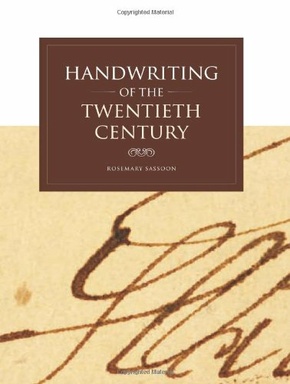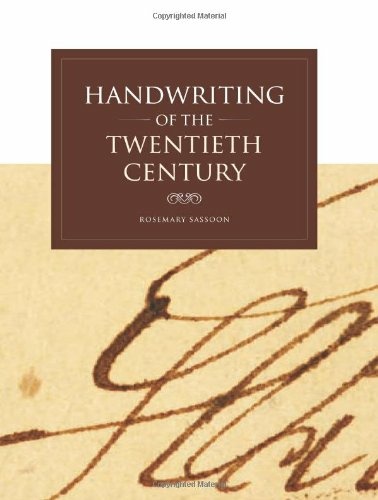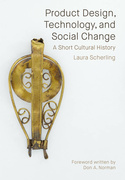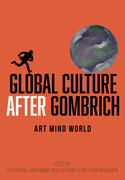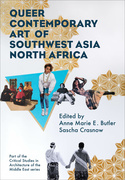Handwriting of the Twentieth Century (Book)
As letter-writing has fallen by the wayside, the art of lavish yet legible handwriting is no longer being taught to schoolchildren or employed in daily life—much to the dismay of those who receive hastily scrawled love notes or try to decipher a doctor’s prescription. In an age when script manuals for students are disappearing at a rapid rate and writing samples are ephemeral, Rosemary Sassoon’s Handwriting of the Twentieth Century provides the first historical record of teaching the skill of writing in the last 100 years.
In addition to illustrating the techniques used by handwriting instructors and documenting the ever-changing views of script stylists, this volume probes the development and manufacture of writing equipment as well as useful examples for today’s teachers of writing. Handwriting of the Twentieth Century is a delightful, comprehensive account of our constant quest for fluent and clear handwritten script.
“...excellent and comprehensive illustrated book—which takes us through not only what happened in the United Kingdom, but brings in information about other English speaking countries such as America and Australia as well as European scripts, providing samples and explanations that are valuable as a reference. . . . The book's well-written Epilogue merits a section being printed—It couldn't be put better by a graphologist!”—Elaine Quigley, Graphologist
Edition

